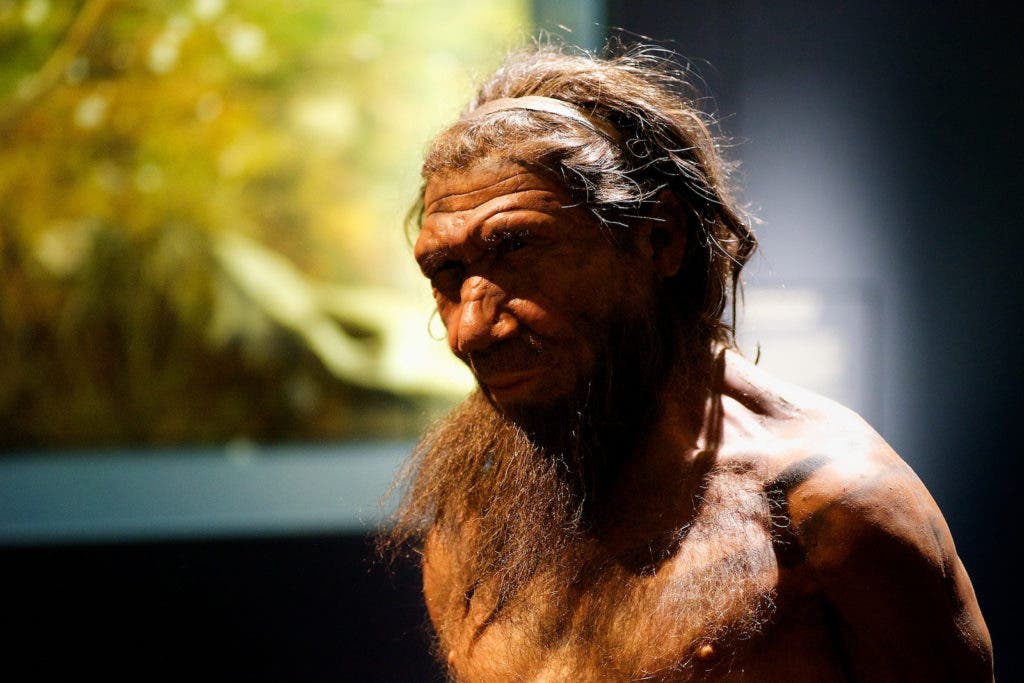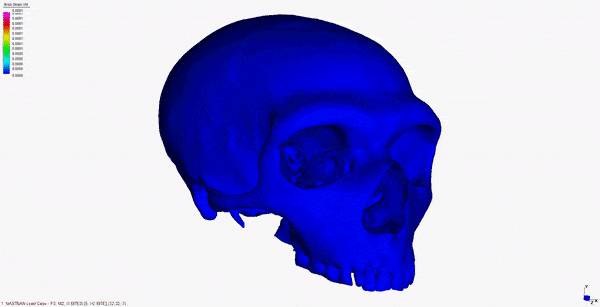A new study suggests that the protruding Neanderthalian nose served to warm and humidify the cold, dry air that was typically inhaled in Europe more than 50,000 years ago.

Credit: Flickr, Paul Hudson.
Researchers at the University of New England in Australia performed X-ray computed tomography (CT) scans and built 3-D models of the skulls of Neanderthals, modern humans, and Homo heidelbergensis. The latter is considered the last common ancestor of the former two species.
A computer model that crunched the fluid dynamics physics for each skull shape found that both human and Neanderthal faces “condition air more efficiently” than their ancestor, H. heidelbergensis. This suggests that both species evolved to better withstand cold and dry climates. However, Neanderthals were particularly apt at moving air through their nasal cavity and into the lungs, volume-wise — significantly more than both H. heidelbergensis and modern humans.
This was perhaps an adaption in response to the Neanderthals’ stocky bodies and lifestyle. By one estimate, the typical Neanderthal required as much as 4,480 calories per day just to keep them alive during the freezing European winter, whereas a modern human male needs only 2,500 daily calories.

A 3-D model of a Neanderthal’s skull showing well adapted nasal cavities for conditioning air. Credit: Wroe et al.
With these many calories, the body needs additional oxygen to convert all those sugars, fats, and proteins into energy. This is where a bigger, more efficient nosal cavity comes in handy.
Previously, researchers hypothesized that the Neanderthalian’s face, which includes a wide nose and protruding upper jaw, was built to exert more biting force. However, the computer simulation run by the Australian researchers suggests that Neanderthals were not very strong biters, not compared to humans at least. Bearing this in mind, it seems much more likely that the Neanderthalian facial architecture was driven, at least in part, by the need to adapt to a cold environment.
“Neanderthals looked very different to us,” said Stephen Wroe, lead author of the new study. “They were shorter, far more robust and muscular than your average modern human, and, perhaps most obviously, they had huge noses and long mid-faces.
“This projecting mid-face is a true Neanderthal novelty, a specialisation which sets them apart, not just from us, but from their ancestors too.”
Scientific reference: Computer simulations show that Neanderthal facial morphology represents adaptation to cold and high energy demands, but not heavy biting, Proceedings of the Royal Society B, rspb.royalsocietypublishing.or … .1098/rspb.2018.0085.









